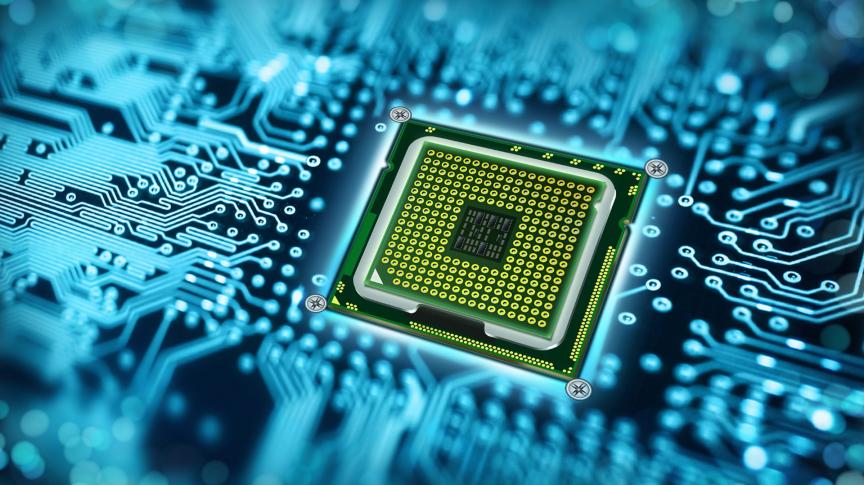
Microprocessor and Interfacing Laboratory is a required course for under-graduate students in the EEE program. The purpose of this course is to teach students the fundamentals of microprocessor and micro-controller systems. The student will be able to incorporate these concepts into their electronic designs for other courses where control can be achieved via a microprocessor/controller implementation. Topics include Semiconductor memory devices and systems, microcomputer architecture, assembly language programming, I/O programming, I/O interface design, I/O peripheral devices, data communications, and data acquisition systems. Several laboratory exercises will be based on microprocessor (Intel 8086).
- Teacher: Md. Zakir Hasan
